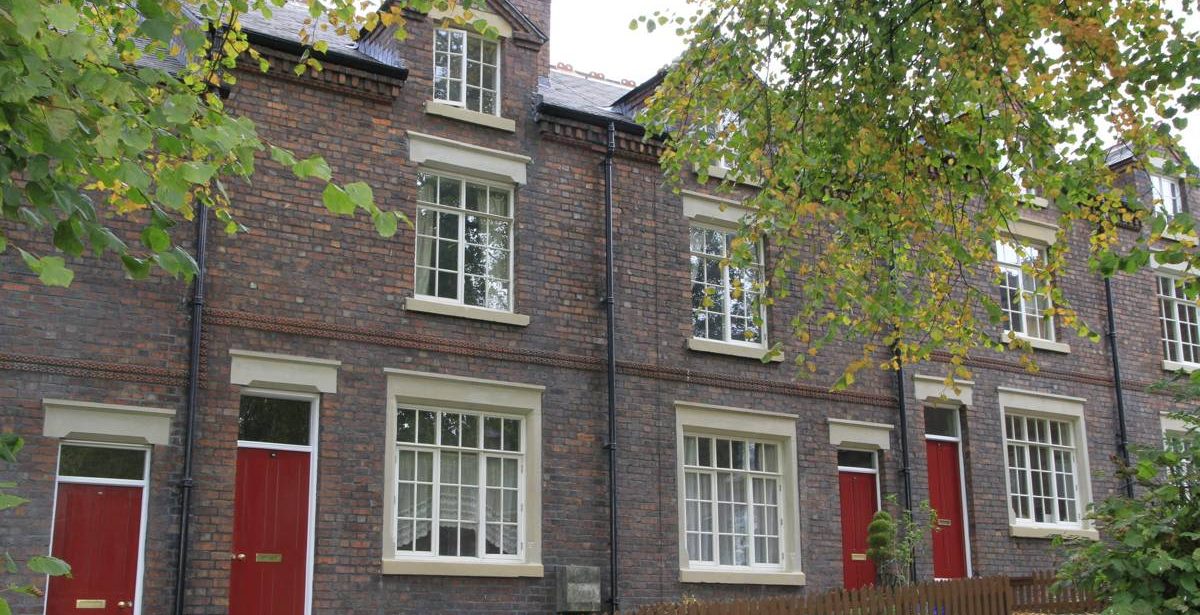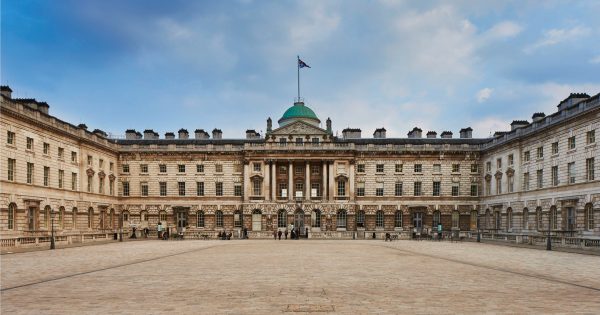Sat Dec 11
Here in the United Kingdom, we’re blessed to have so many beautiful, historical buildings up and down the country, many of them still in use as dwellings. It’s always inspiring to walk into a home and think about the many generations that have lived their day-to-day lives in the same building. Protecting these historical buildings is why we have listed buildings, which are protected from developments that run the risk of destroying this history and leaving us culturally poorer.
Of course, for property owners, listed buildings come with their own set of issues. Nearly every change you plan to make with the property must be checked with local authority to ensure it maintains the building’s original character, even when carrying out essential maintenance or replacement work on elements of the building that have reached the end of their life cycle.
Listed buildings were also usually built in a time when insulation technology was far less developed than it is now, with fireplaces the primary heating method for many listed buildings. As such, installing double-glazing is one of the most accessible ways of immediately making an ageing home more well-insulated and improving its energy efficiency ratings – especially crucial as we move towards a zero-carbon future.
Before going ahead with any double-glazing projects for your listed building, there are a few key things to take into account. Whether you live in a Grade I or Grade II listed building, and whether your historic property is within a conservation area is essential. How old are the windows currently in place at the property? They might not be originals to begin, but they might still contain valuable historical information.
It is critical that you contact your Local Authority for consent before you start any work. They will analyse the requested work (and how essential it is to maintaining the property) against the property’s historical importance. If the windows are deemed historically important, it could be that you won’t be allowed to make such changes, and your double-glazing project may not go through. They could require you to fit windows that merge well with the existing character and style of the building, limiting your options, possibly to more expensive or harder-to-find designs.
Many authorities will reject proposed changes if they believe that repair is a viable option. For many homeowners secondary glazing becomes a more reasonable alternative option. Secondary glazing involves installing a second, separate pane of glass behind the original pane. Whilst it’s not as effective as standard double-glazing, it can still improve energy efficiency by up to 75%.
Before undertaking any sash window repairs, new window installations or window restoration on your listed property, make sure to ascertain whether your Local Authority is happy with the proposed changes. Plan ahead when it comes to budgeting, and be prepared to change your plans if the Authority requests changes. Local Authorities can be sticklers for rules, but clear communications throughout will help. Always keep in mind secondary glazing as an alternative option.





